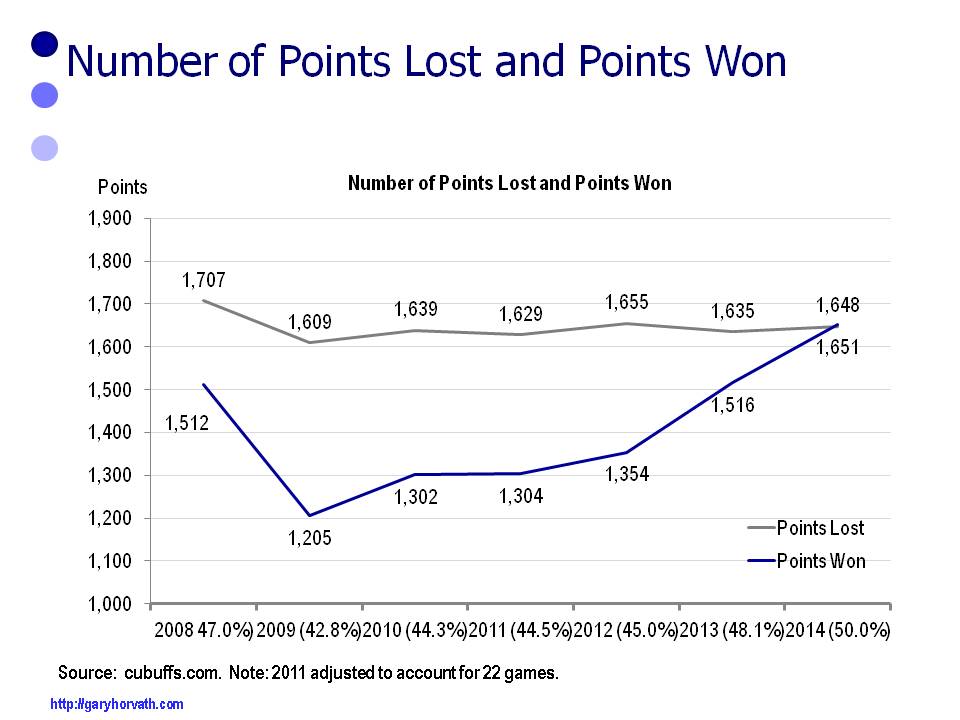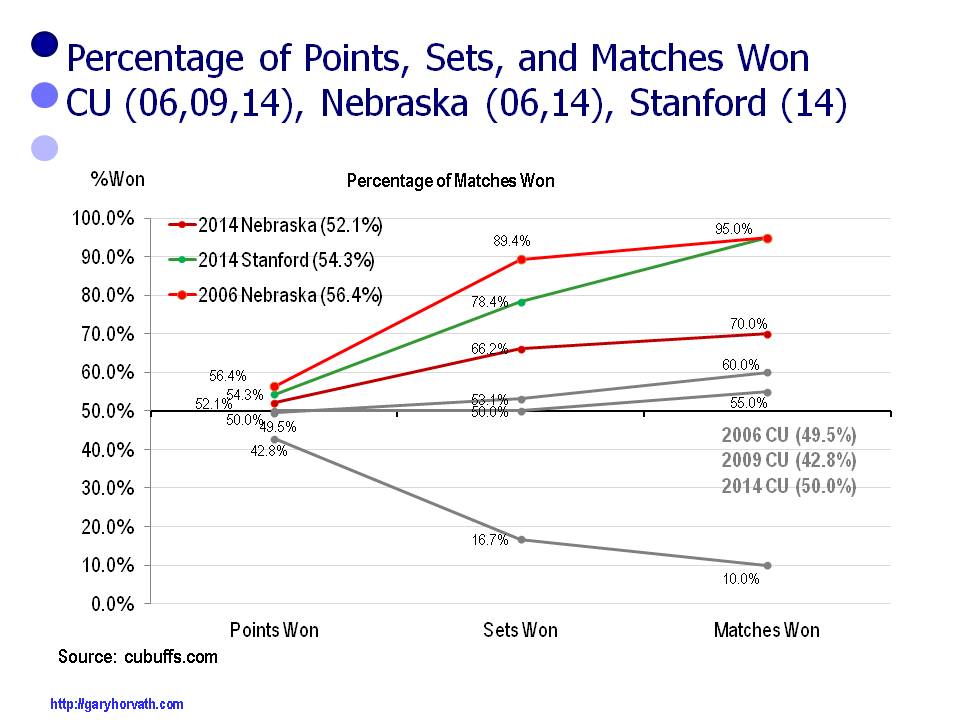PAC-12, Smack 12 – for a number of years, smack talkers from the West have claimed the PAC-12 is the top collegiate volleyball conference in the country. At times that has been true; however, that wasn’t the case in 2015.
Without a doubt the Big 10 was the country’s elite collegiate volleyball conference this season. The following table shows the win-loss records for the NCAA teams from the Big 10.
| Team | Record |
|---|---|
| Nebraska | 6-0 |
| Minnesota | 4-1 |
| Illinois | 2-1 |
| Ohio State | 2-1 |
| Penn State | 2-1 |
| Wisconsin | 2-1 |
| Michigan State | 1-1 |
| Michigan State | 1-1 |
| Purdue | 1-1 |
Not only did the tournament champion come from the Big 10, but six of the conference teams had winning records and all of the Big 10 teams won matches.
The Huskers won six matches – three were 3-0 and three were 3-1. Their dominance was impressive given the depth of the field.
Looking ahead to next season, you have to feel sorry for the Big 10. The leading hitter for Nebraska was Kadie Rolfzen (412 kills) and right behind her was Mikaela Roecke (386 attacks). Rolfzen is a junior and Roecke is a freshman.
Amber Rolfzen led the team in blocks (182) and Kelly Hunter led the team in assists (1,501). Rolfzen is a junior and Hunter is a sophomore. The chances are pretty good that Nebraska will have a “decent” team in 2016.
Sixty four teams played in the NCAA championships. These teams represented thirty-two conferences.
The following 20 teams and conferences were at the bottom with 0-1 records.
| University | Conference |
|---|---|
| • SMU | American Athletic Conference |
| • New Hampshire | American East Conference |
| • Lipscomb | Atlantic Sun Conference |
| • NAU | Big Sky |
| • Coastal Carolina | Big South Conference |
| • UNC Wilmington | Colonial Conference |
| • Cleveland State | Horizon League |
| • Fairfield | Metro Atlantic |
| • Ohio | Mid-American Conference |
| • Howard | Mid-Eastern Athletic Conference |
| • Colorado State | Mountain West |
| • Robert Morris | Northeast Conference |
| • Belmont | Ohio Valley Conference |
| • Furman | Southern Conference |
| • Texas A&M Corpus Christi | Southland Conference |
| • Jackson State | Southwestern Athletic Conference |
| • Arkansas State | Sun Belt |
| • Harvard | The Ivy League |
| • Denver | The Summit League |
| • NMSU | WAC |
In addition, the PAC-12 and Missouri Valley Conference were leaders for the number of teams with first round losses. Both had three, followed by the Big 12 with two. The ACC, SEC, WCC, and Big East also had teams that bowed out in the first round.
Only 12 conferences had teams that won matches and only six conferences had winning records.
| Conference | Record |
|---|---|
| Big 10 | 21-8 |
| Big 12 | 10-5 |
| PAC-12 | 9-7 |
| SEC | 5-4 |
| WCC | 5-4 |
| Big West | 3-1 |
| Big East | 3-3 |
| ACC | 3-4 |
| Atlantic 10 Conference | 1-1 |
| Conference USA | 1-1 |
| Patriot League | 1-1 |
| MVC | 1-4 |
Only 16 of the 64 teams had winning records
| University | Conference | Record |
|---|---|---|
| Nebraska | Big 10 | 6-0 |
| Texas | Big 12 | 5-1 |
| Minnesota | Big 10 | 4-1 |
| Kansas | Big 12 | 4-1 |
| Hawaii | Big West | 3-1 |
| USC | PAC-12 | 3-1 |
| Washington | PAC-12 | 3-1 |
| Florida | SEC | 3-1 |
| Illinois | Big 10 | 2-1 |
| Ohio State | Big 10 | 2-1 |
| Penn State | Big 10 | 2-1 |
| Wisconsin | Big 10 | 2-1 |
| Creighton | Big East | 2-1 |
| UCLA | PAC-12 | 2-1 |
| BYU | WCC | 2-1 |
| Loyola Marymount | WCC | 2-1 |
While it is entertaining to play with the data and talk smack about which conference is best, the most impressive aspect of the 2015 NCAA Championships was the number of quality players on all teams.
Congrats to the Cornhuskers and Big 10 on a great season!

